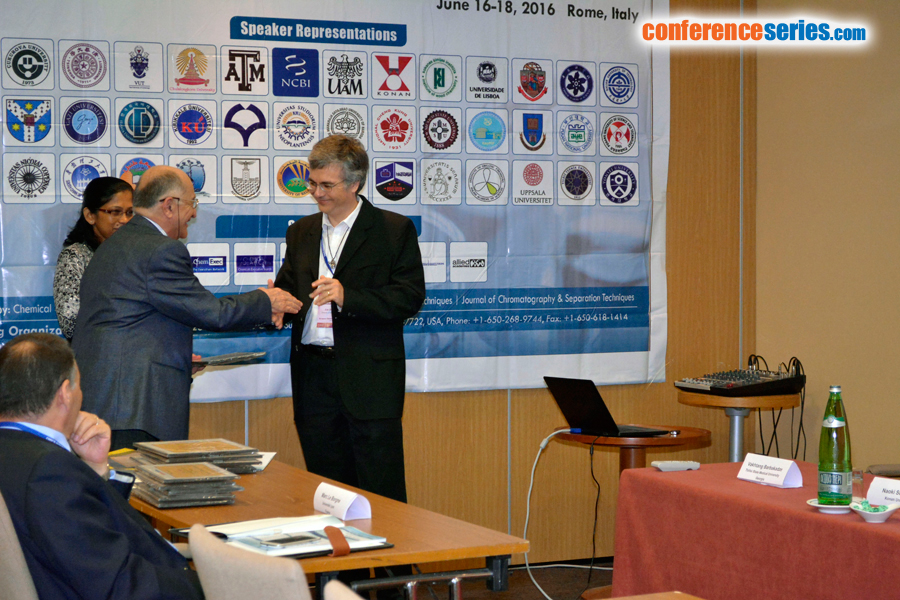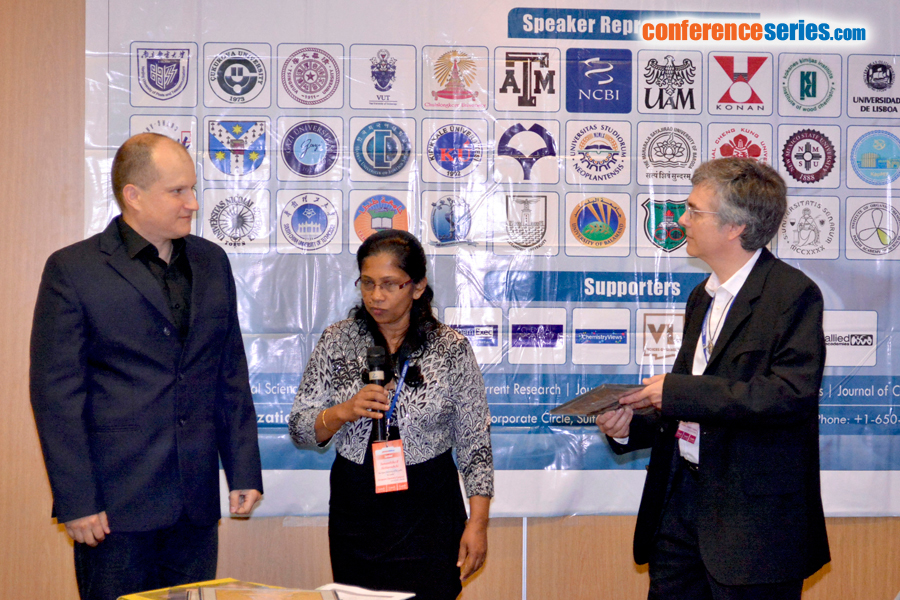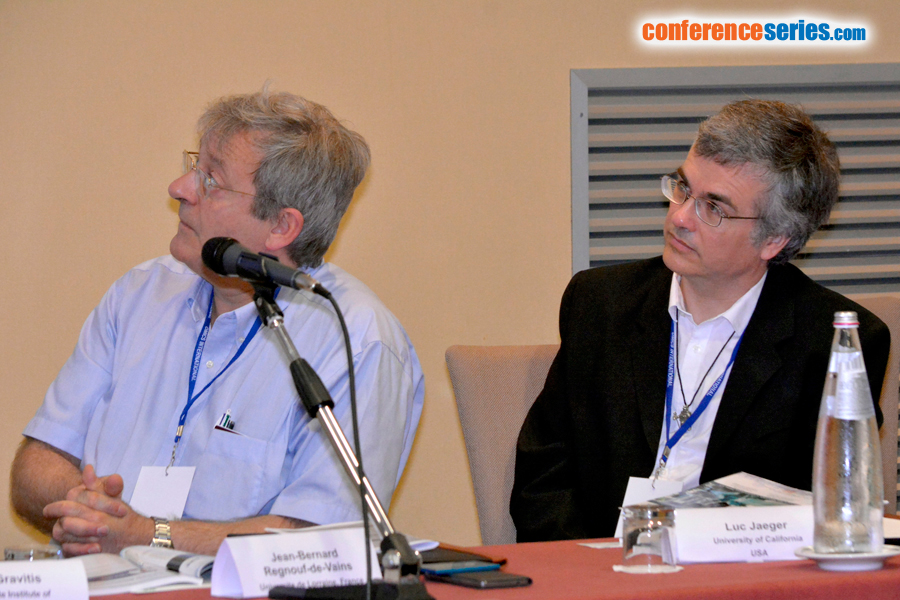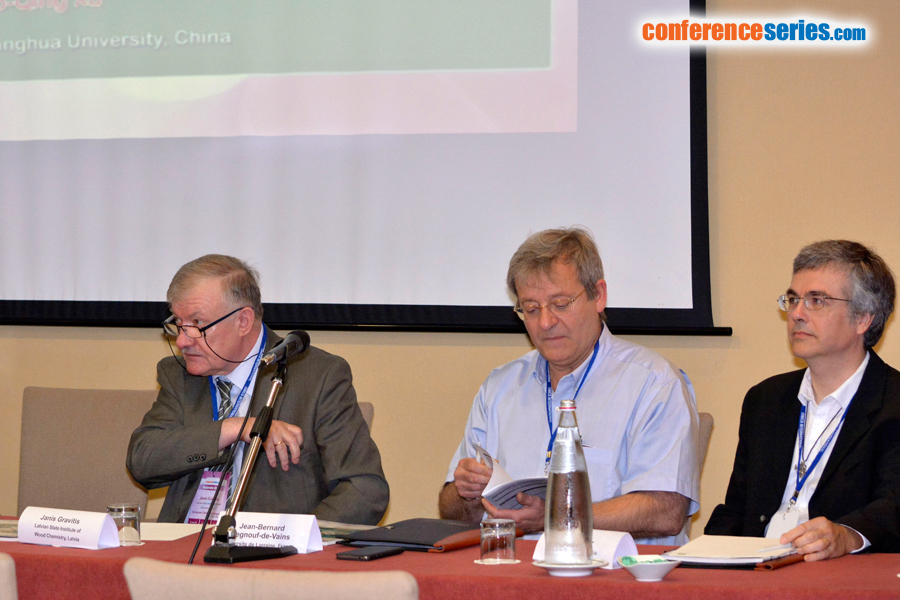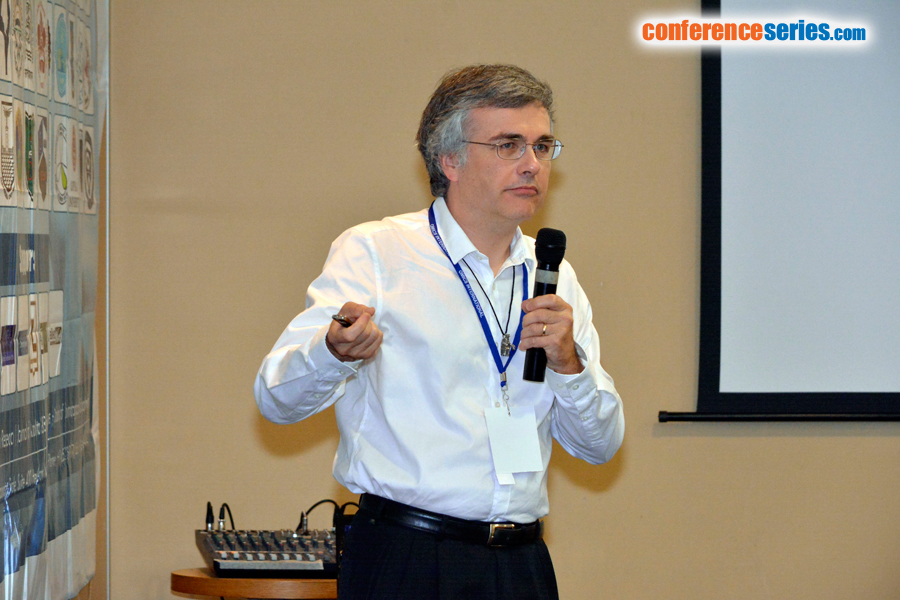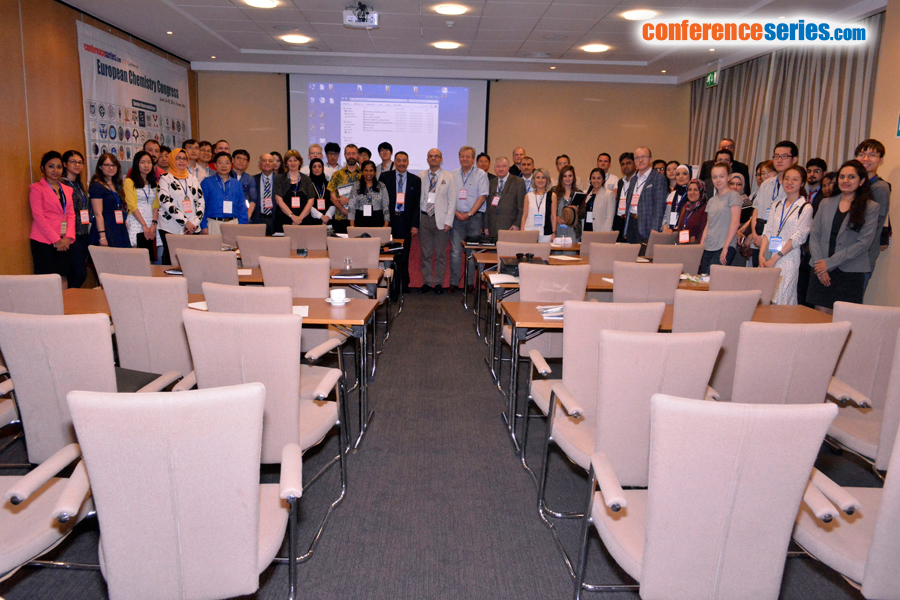
Biography
Biography: Luc Jaeger
Abstract
The nascent use of nucleic acids as a material to coordinate the precise arrangements of specific molecule marked an important milestone in the relatively recent history of bionanotechnology and synthetic biology. While DNA served as the pioneer building material in nucleic acid nanotechnology, RNA emerges as viable alternative material with its own distinct advantages for nanoconstruction. Several complementary assembly strategies have been used to build a diverse set of RNA nanostructures having unique structural attributes and the ability to self-assemble in a highly programmable and controlled manner. Of the different strategies, the architectonics approach uniquely endeavours to understand integrated structural RNA architectures through the arrangement of their characteristic structural building blocks. With the design principles found in natural structures, a number of synthetic RNAs have been constructed. In addition to affording essential insights into RNA design, RNA nanostructures have provided important platforms to characterize and validate the structural self-folding and assembly properties of RNA modules or building blocks, and have also shown great promise for applications in nanomedicine and RNA-based therapeutics. Nevertheless, synthetic RNA architectures achieved thus far are still far from matching the structural and functional complexity of natural responsive structural elements such as the ribosome, large ribozymes, and riboswitches. Implementation of these same types of dynamic and responsive architectures into artificial nanostructures functioning as real nanomachines in and outside the cell will be outlined.


